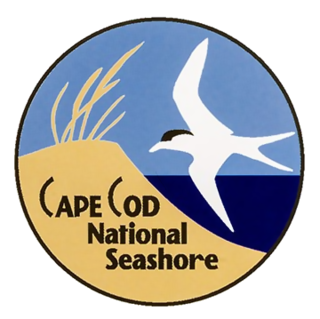
The Cape Cod National Seashore (CCNS) encompasses 43,607 acres on Cape Cod, in Massachusetts. CCNS was created on August 7, 1961, by President John F. Kennedy, when he signed a bill enacting the legislation he first co-sponsored as a Senator a few years prior. It includes ponds, woods and beachfront of the Atlantic coastal pine barrens ecoregion. The CCNS includes nearly 40 miles (64 km) of seashore along the Atlantic-facing eastern shore of Cape Cod, in the towns of Provincetown, Truro, Wellfleet, Eastham, Orleans and Chatham. It is administered by the National Park Service.
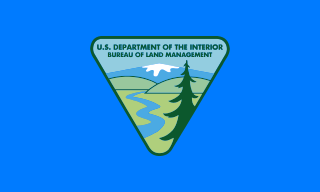
The Bureau of Land Management (BLM) is an agency within the United States Department of the Interior responsible for administering U.S. federal lands. Headquartered in Washington, D.C., the BLM oversees more than 247.3 million acres (1,001,000 km2) of land, or one-eighth of the United States's total landmass.

The National Park Service (NPS) is an agency of the United States federal government, within the U.S. Department of the Interior. The service manages all national parks; most national monuments; and other natural, historical, and recreational properties, with various title designations. The United States Congress created the agency on August 25, 1916, through the National Park Service Organic Act. Its headquarters are in Washington, D.C., within the main headquarters of the Department of the Interior.

National Conservation Area is a designation for certain protected areas in the United States. They are nature conservation areas managed by the Bureau of Land Management (BLM) under the National Landscape Conservation System.

Peter Anthony DeFazio is an American politician who served as the U.S. representative for Oregon's 4th congressional district from 1987 to 2023. He is a member of the Democratic Party and is a founder of the Congressional Progressive Caucus. A native of Massachusetts and a veteran of the United States Air Force Reserve, he previously served as a county commissioner in Lane County, Oregon. On December 1, 2021, DeFazio announced he would not seek reelection in 2022.
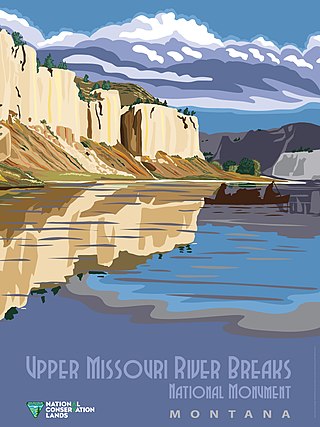
National Conservation Lands, formally known as the National Landscape Conservation System, is a 35-million-acre (140,000 km2) collection of lands in 873 federally recognized areas considered to be the crown jewels of the American West. These lands represent 10% of the 258 million acres (1,040,000 km2) managed by the Bureau of Land Management (BLM). The BLM is the largest federal public land manager and is responsible for over 40% of all the federal public land in the nation. The other major federal public land managers include the US Forest Service (USFS), National Park Service (NPS), and the US Fish and Wildlife Service (USFWS).
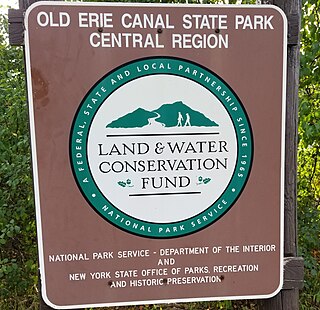
The United States' Land and Water Conservation Fund (LWCF) is a federal program that was established by Act of Congress in 1965 to provide funds and matching grants to federal, state and local governments for the acquisition of land and water, and easements on land and water, for the benefit of all Americans. The main emphases of the fund are recreation and the protection of national natural treasures in the forms of parks and protected forest and wildlife areas. The LWCF has a broad-based coalition of support and oversight, including the National Parks Conservation Association, Environment America, The Wilderness Society, the Land Trust Alliance, the Nature Conservancy, the National Wildlife Federation, and The Conservation Fund.
The National Park Foundation (NPF) is the official charity of the National Park Service (NPS) and its national park sites. The NPF was chartered by Congress in 1967 with a charge to "further the conservation of natural, scenic, historic, scientific, educational, inspirational, or recreational resources for future generations of Americans." The NPF raises private funds for the benefit of, or in connection with, the activities and services of the National Park Service.

Will Shafroth is a conservationist and outdoor recreation enthusiast whose professional career has been in preservation and protection of public lands. Since July 2015, Shafroth has served as President and CEO of the National Park Foundation.
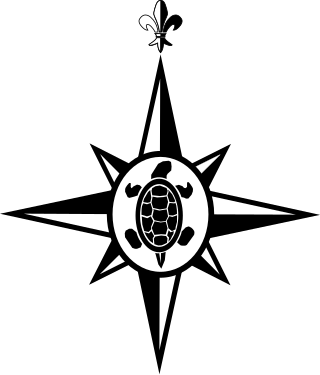
Sainte Marie among the Iroquois was a 17th-century French Jesuit mission located in the middle of the Onondaga nation of the Iroquois. It was located on Onondaga Lake near modern-day Syracuse, New York. The original mission, led by Jesuit priest Simon Le Moyne, was in use only from 1656 to 1658.

The 116th United States Congress was a meeting of the legislative branch of the United States federal government, composed of the Senate and the House of Representatives. It convened in Washington, D.C., on January 3, 2019, and ended on January 3, 2021, during the final two years of Donald Trump's presidency. Senators elected to regular terms in 2014 finished their terms in this Congress, and House seats were apportioned based on the 2010 census.
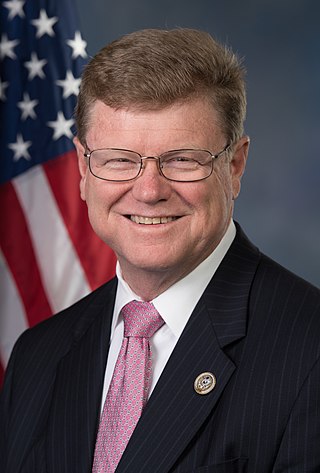
Mark Eugene Amodei is an American lawyer and politician serving as the U.S. representative for Nevada's 2nd congressional district since 2011. The only Republican in Nevada's congressional delegation since 2019, Amodei served in the Nevada Assembly from 1997 to 1999 and in the Nevada Senate, representing the Capital District, from 1999 to 2011. Amodei is generally considered a moderate Republican, supporting programs such as DACA throughout his tenure.

Cory Scott Gardner is an American attorney and politician who served as a United States senator from Colorado from 2015 to 2021. A Republican, he was the U.S. representative for Colorado's 4th congressional district from 2011 to 2015 and a member of the Colorado House of Representatives from 2005 to 2011.

Forest conservation is the practice of planning and maintaining forested areas for the benefit and sustainability of future generations. Forest conservation involves the upkeep of the natural resources within a forest that are beneficial for both humans and the ecosystem. Forests provide wildlife with a suitable habitat for living which allows the ecosystem to be biodiverse and benefit other natural processes. Forests also filter groundwater and prevent runoff keeping water safe for human consumption. There are many types of forests to consider and various techniques to preserve them. Of the types of forests in the United States, they each face specific threats. But, there are various techniques to implement that will protect and preserve them.

David Longly Bernhardt is an American lawyer who served as the 53rd United States Secretary of the Interior from 2019 to 2021 in the administration of Donald Trump. He previously was a shareholder at the Colorado law firm Brownstein Hyatt Farber Schreck, where he was an oil and energy industry lobbyist and natural resources attorney. He began working for the United States Department of the Interior (DOI) in 2001, and served as the department's solicitor from 2006 to 2009 and deputy secretary from 2017 to 2019.

The John D. Dingell Jr. Conservation, Management, and Recreation Act of 2019 is an omnibus lands act that protected public lands and modified management provisions. The bill designated more than 1,300,000 acres (5,300 km2) of wilderness area, expanded several national parks and other areas of the National Park System, and established four new national monuments while redesignating others. Other provisions included making the Land and Water Conservation Fund permanent, protecting a number of rivers and historic sites, and withdrawing land near Yellowstone National Park and North Cascades National Park from mining.

The Coronavirus Preparedness and Response Supplemental Appropriations Act, 2020 is an act of Congress enacted on March 6, 2020. The legislation provided emergency supplemental appropriations of $8.3 billion in fiscal year 2020 to combat the spread of coronavirus disease 2019 (COVID-19) and counter the COVID-19 pandemic, particularly the COVID-19 pandemic in the United States. The legislation passed the House 415–2 on March 4 and the Senate 96–1 on March 5, 2020. The legislation received broad bipartisan support.

Paycheck Protection Program and Health Care Enhancement Act is a $484 billion law that increases funding to the Paycheck Protection Program and also provide more funding for hospitals and testing for COVID-19.
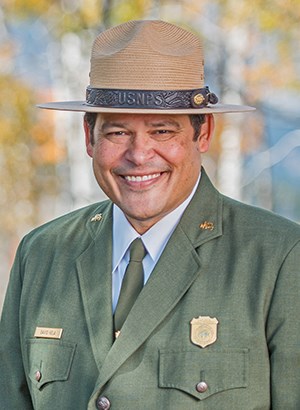
Raymond David Vela is a parks administrator who is the former acting director of the United States National Park Service.
Santa Cruz Valley National Heritage Area is a federally designated National Heritage Area in south Arizona. The national heritage area covers 3,300 square miles of the watershed of the Santa Cruz River to protect and honor the areas natural environment, culture, and historic sites. It includes land in both Pima County and Santa Cruz County.

















